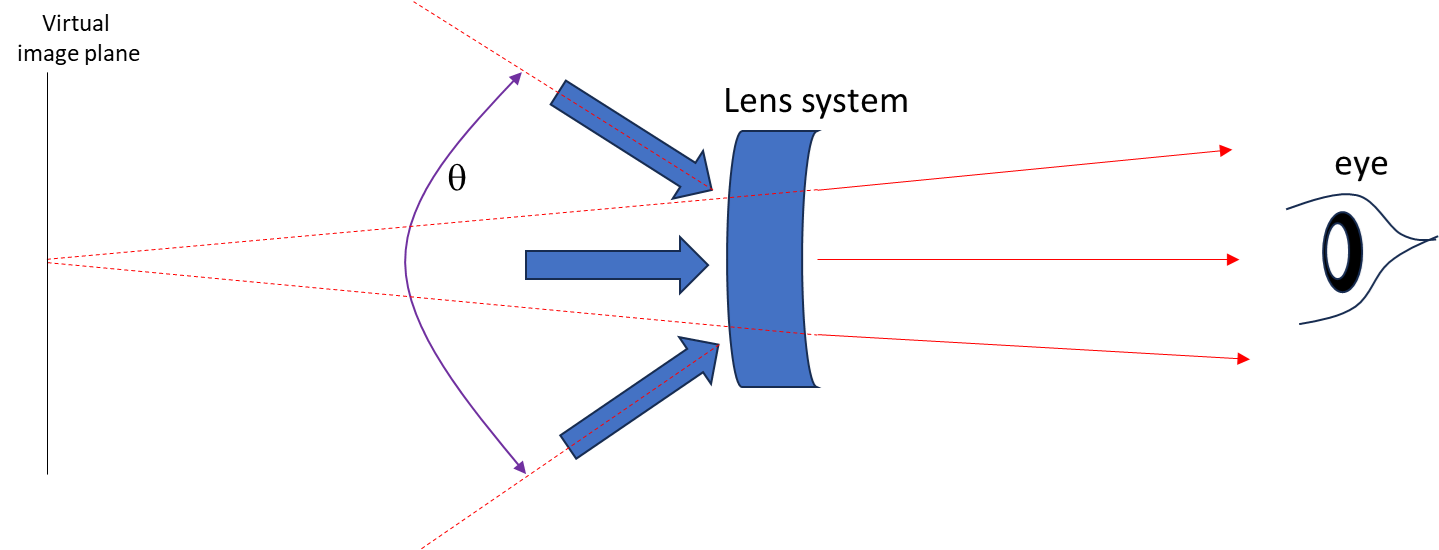Hello,
Not quite sure this community is still active?
I want to have a lens system which can form the image from infinity to a limited distance as show below. As you can see that the concave lens system will reduce the input field of view. How can I have a compact concave lens system which can form the image from infinity to a limited distance and keep the same field of view as the input. Can you have some suggestions or initial configuration for recommendation?
Thank you !
BL




